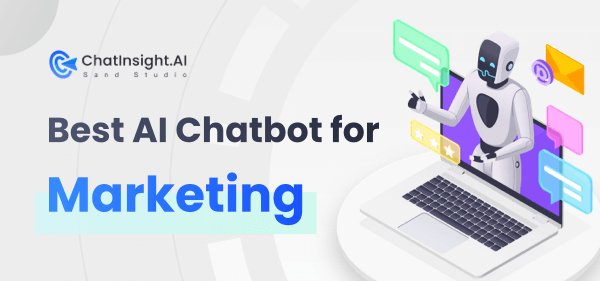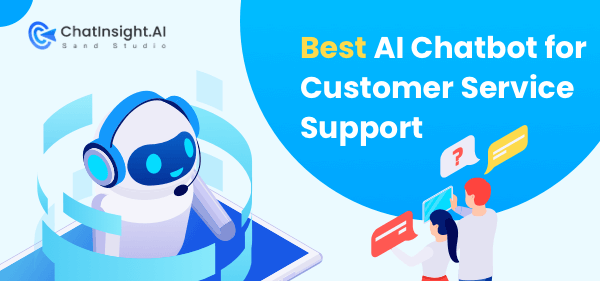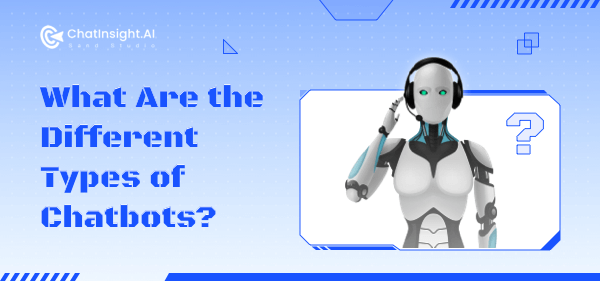The Evolution and History of AI Chatbots
This era has seen many technological advancements, and AI is one of them. Hence, the study focus of this essay will be on the progressions of chatbots from simple text-based apps to contemporary AI-supported conversational interfaces. To understand how chatbots have become an organic part of the digital society, some signs that history has given up must be addressed.
1The Origins of Chatbots
The history of the development of chatbots can be traced back to the mid-twentieth century, a period characterized by a major technological revolution. ELIZA, created in the 1960s by Joseph Weizenbaum, is one of the first known chatbots that mimics a human therapist’s pattern-matching and substitution as if they were natural conversation. In essence, the early development of chatbots sought to show that machines could have human-like personalities but not at an advanced level.
However, ELIZA and others like it suffered from one programming flaw; they could not learn from previous interactions. As a result, their dialogue often became repetitive and only seemed interesting on the surface. Yet these chatbots went no further because they relied on basic keyword spotting.
In the early days, though, chatbots made giant technological advancements. They caught the attention of people interested in Artificial Intelligence and laid a foundation for future projects in this area. Although much research was carried out on them during the initial stages of building chatbots, more intricate AI chatbots with better features were developed.
Consequently, what those first bots did became useful when understanding natural language processing and establishing the nature of human-computer interaction during the current stages of bot development that we now call the evolution of Chatbots.
2Advancements in Technology: The Rise of AI and Machine Learning
This is a great change from the traditional AI systems to adaptable Chatbots of AI, which deserve scrutiny in this context. Initially, dialogue robots were rule-based. They could only answer specific questions with fixed replies, meaning they did not learn or react to new information or contextual changes.
However, the turning point for chatbot evolution was when artificial intelligence was combined with machine learning. Using algorithms, AI-driven chatbots can now be trained based on user inputs. Consequently, their understanding of different inquiries and conversational contexts would improve as they interacted with their users over time.
For example, the development of AI chatbots has significantly benefited from machine learning in artificial intelligence. It can swiftly analyze huge volumes of data, find patterns, and make decisions with less human intervention. Therefore, developers have moved away from using hard-coded replies and created methods that allow chatbots to give personalized answers that are also appropriate within context.
This advancement meant more than just enhancing customer experience; rather, it created new markets for chatbots. Presently, there are AI-driven chatbots offering complex services like customer support, personalized suggestions, or emotional assistance, thereby signifying a major transition in the evolution of chatbots because of the incorporation of artificial intelligence technology into them coupled with machine learning integrated within them.
3AI Chatbots: The Game Changers
This has been greatly influenced by the AI chatbots, which have revolutionized the digital world and consequently affected our approach to talking to technology. Examples may include Siri, Alexa, or Google Assistant, some of the bots used in everyday life. Therefore, these AI assistants aren’t just waiting for instructions. Rather they will also get context, understand personal preferences, and even predict future needs; this is what seems to separate us, if not by a stretch, from the days of science fiction.
This change has been brought about by natural language processing (NLP), one major step in the development phase of chatbots. Accordingly, NLP makes it possible for them to read and interact with human language like natural ones, making it easier for us to talk with them. As a result, more effective communication was possible between people and bots due to the bot's capacity for spotting speech patterns or even sarcasm and emotions.
The effect of NLP on AI-based bots is overwhelming since it changes how machines interpret human language, thus bridging the gap between man and machine interaction. This has been greatly influenced by the AI chatbots, which have revolutionized the digital world and consequently affected our approach to talking to technology. Examples may include Siri, Alexa, or Google Assistant, some of the bots used in everyday life. Therefore, these AI assistants aren’t just waiting for instructions.
Rather they will also get context, understand personal preferences, and even predict future needs; this is what seems to separate us, if not by a stretch, from the days of science fiction.
4Chatbots and User Experience: How AI Enhanced Interactions
Chatbots and AI have enabled a new era of user experience that is personalized after all. On the contrary, current AI chatbots can now personalize conversations for individual users as opposed to their predecessors. In this regard, they weigh past interactions, preferences, and even tone to come up with responses that are not only relevant but also contextually appropriate.
This shift towards personalization has significantly improved user engagement. Chatbots of today are interactive, efficient, and scarcely distinguishable from human dialogues. Such customization happens in different platforms e-commerce, where chatbots suggest personal shopping or virtual assistants effectively schedule and remind people as per what they want.
However, personalization is not the only way chatbots enhance user engagement. They operate continuously without breaks while providing instant responses and assistance. Moreover, they can respond to many queries at the same time, leading to greater satisfaction among loyal customers due to this constant availability. For instance, by offering swift resolutions in customer service engagements between businesses and individuals, AI chatbots have revolutionized how customer experience takes place.
5Challenges and Limitations in Chatbot Evolution
Despite a few hitches and restrictions in the growth of chatbots, they have made substantial headway. The most significant problem with the matter is contextual understanding and sentiment analysis. AI bots can process language effectively but cannot understand the subtleties of human language, such as sarcasm, humor, and emotional underpinnings. This results in wrong answers or miscommunication that affects user experience.
Besides the aspect of chatbot evolution, there are also ethical concerns. There are issues such as privacy and data security because chatbots usually handle sensitive personal information. This requires moral queries about AI’s place in everyday life, and as a result, this information should be protected against abuse.
Furthermore, even though it is highly sophisticated, it still has certain limitations. Present AI technology is not without its downfalls. These limitations could narrow down the mindsets of bots by signifying prejudices embedded in their training data, especially above all else.
6The Future of Chatbots: Trends and Predictions
AI and chatbot technologies will be the main forces shaping the future of chatbots. This includes voice recognition, which is increasingly used to make these chatbots’ interaction with people more natural and friendly. Consequently, chatbots are expected to become even more integrated into virtual assistants and smart home appliances.
In addition, it aims at creating bots that can feel emotions and react to them. Also, in this way, customer service would be changed for the better. This makes their predictions accurate when chatbots are combined with advanced analytics and machine learning algorithms; hence, there is room for proactive suggestions.
As much as one may think that bots in the future cannot go beyond human language or thinking, it’s a fallacy. They can work as personal assistants, complicated customer care agents or healthcare consultants in smart homes.
This could lead to an interesting time in the future where such devices will be able to understand human beings more deeply and have ready answers to their needs during the chatbot age.
Conclusion
It is a huge technological development to move from the most basic form of a programmed messenger computer program to an artificial intelligence one. All these are due to Artificial Intelligence, which has made them more powerful and moved them into our digital environment. They are regarded as emerging technologies that could become major ones. In no distant time, we will experience a harmonization between artificial intelligence and machine learning in our daily lives, whereby, in consequence, we shall use technology differently and make choices related to virtual worlds.







Leave a Reply.